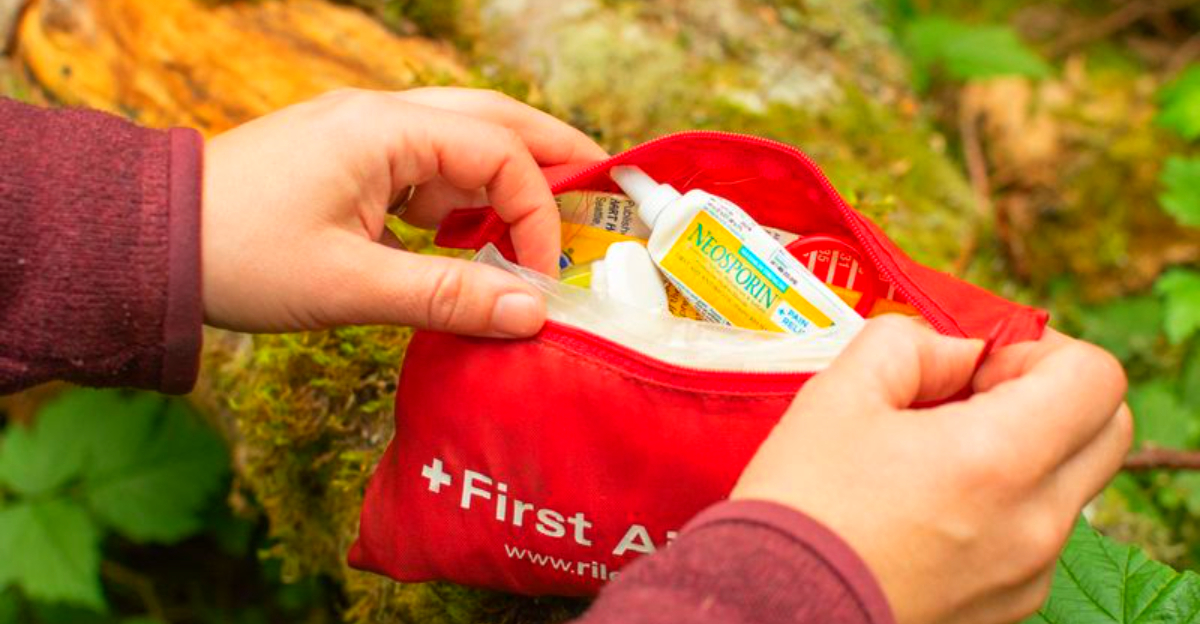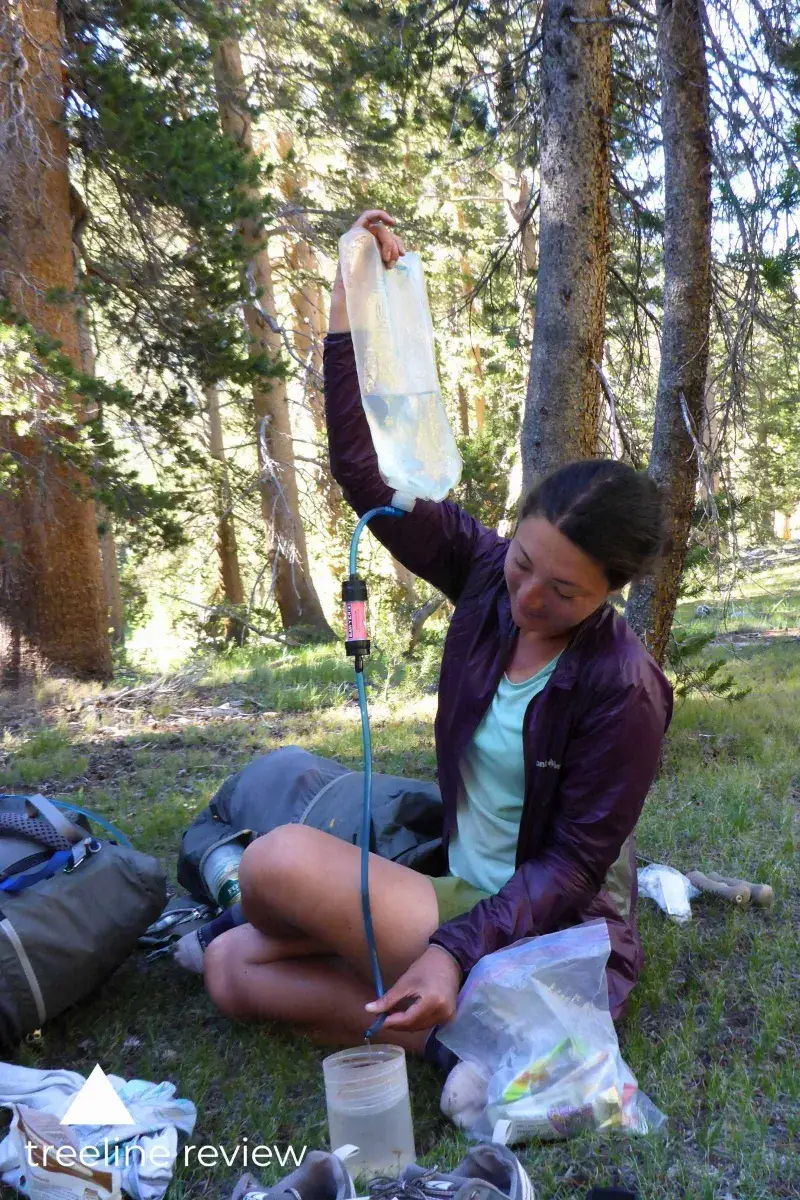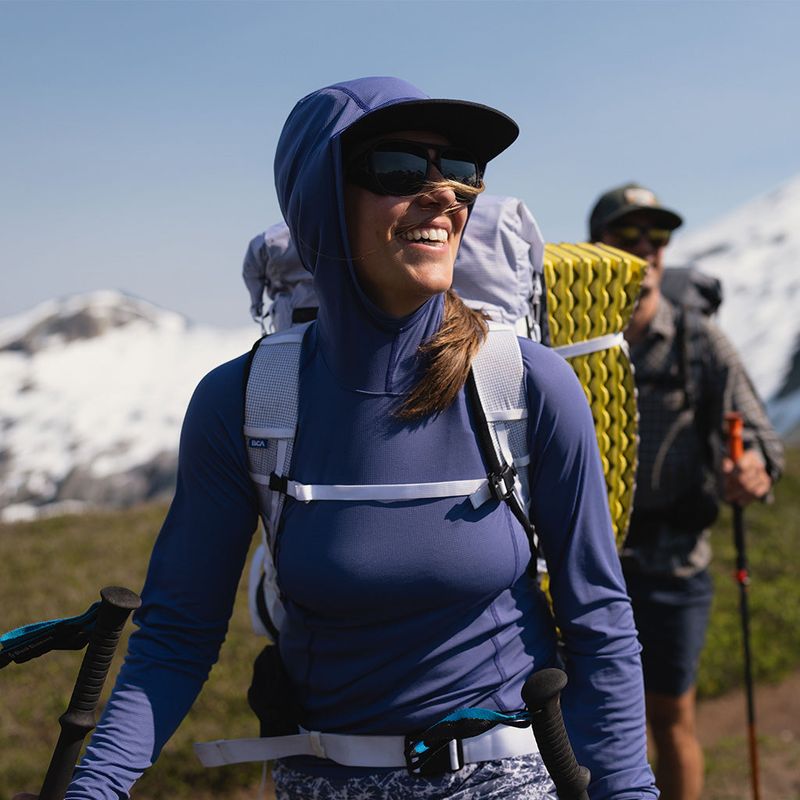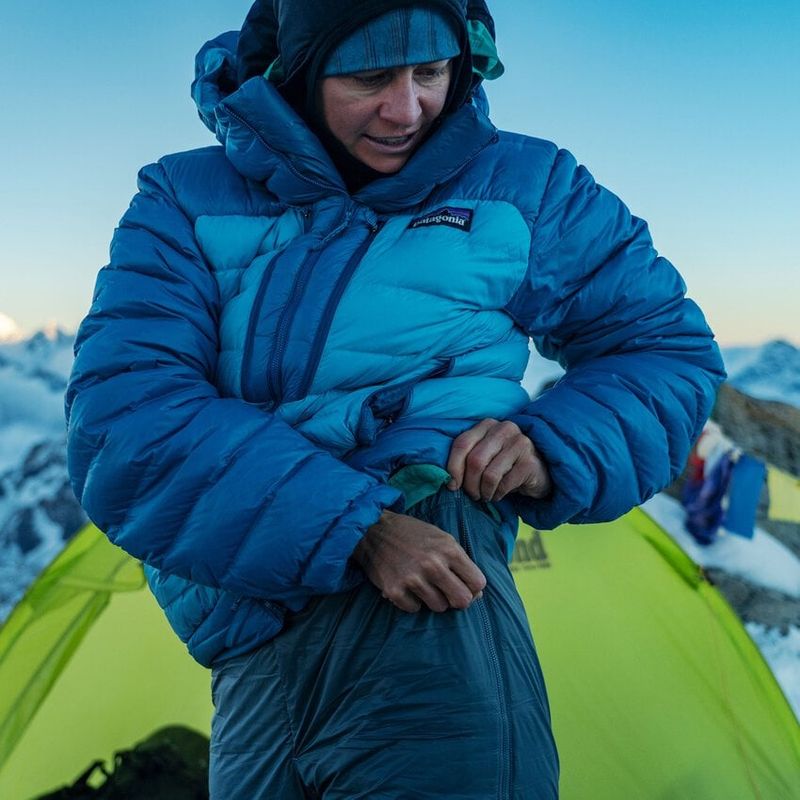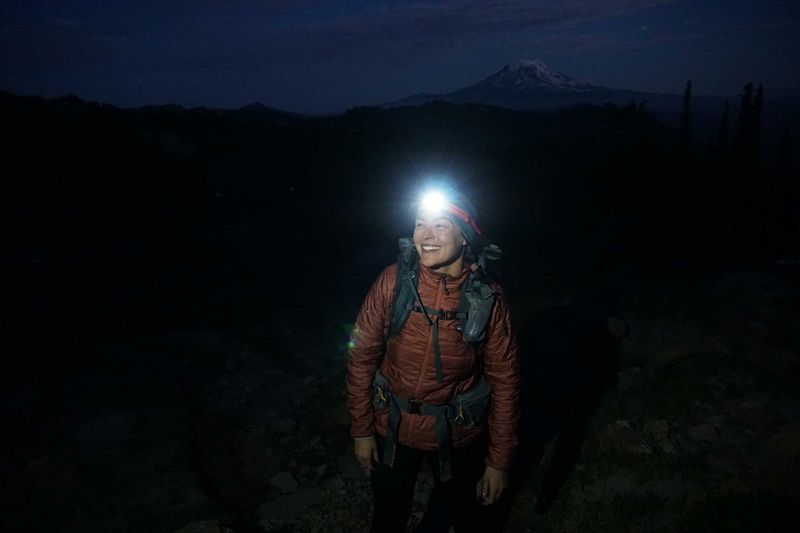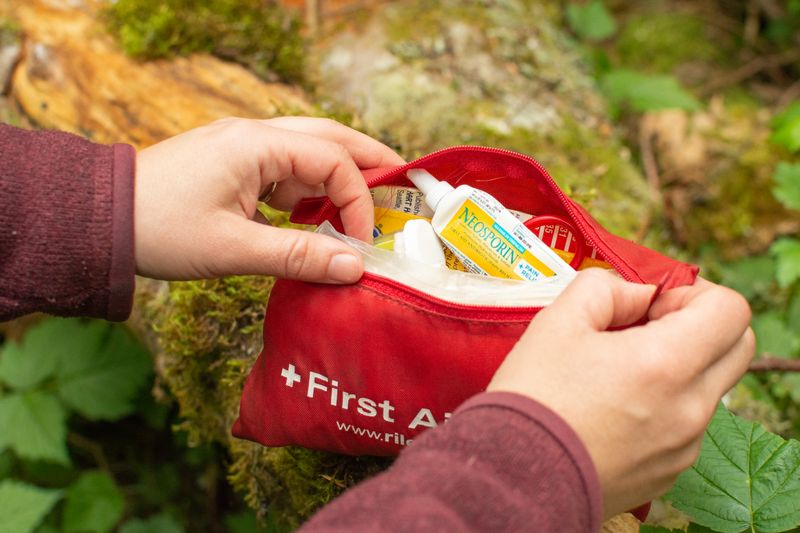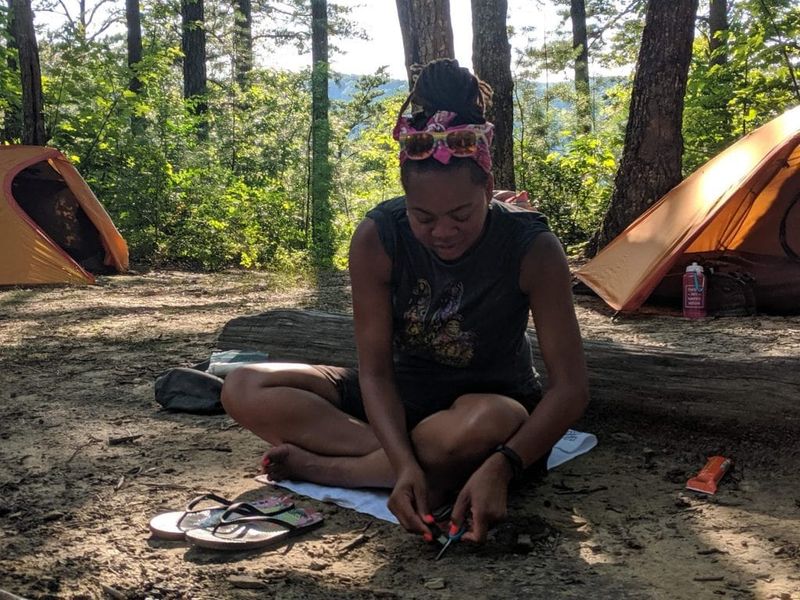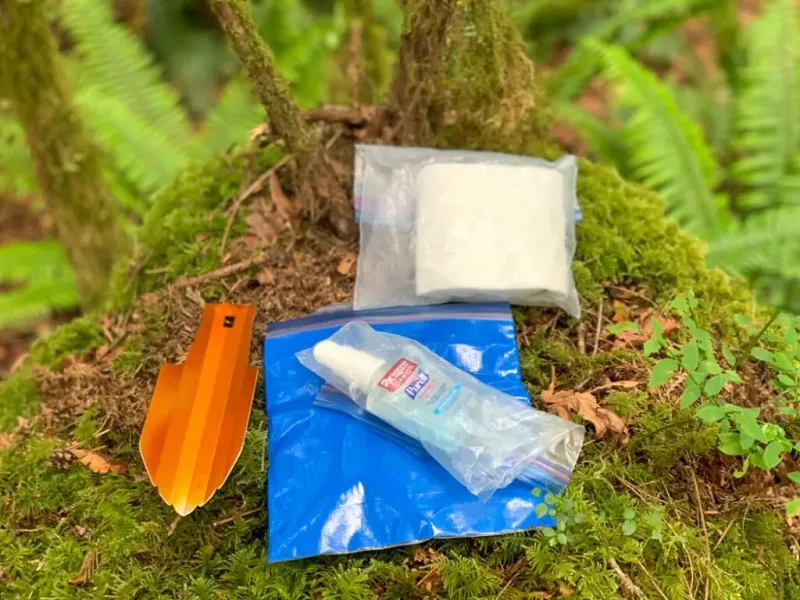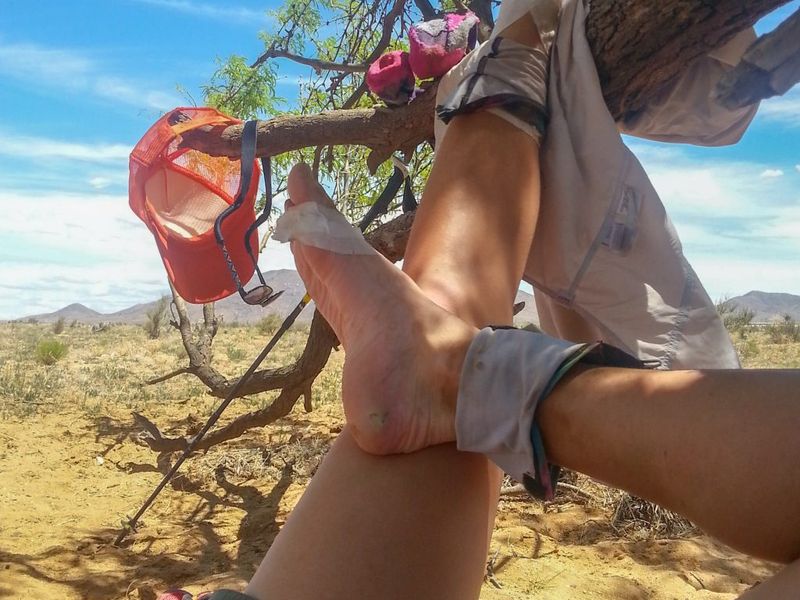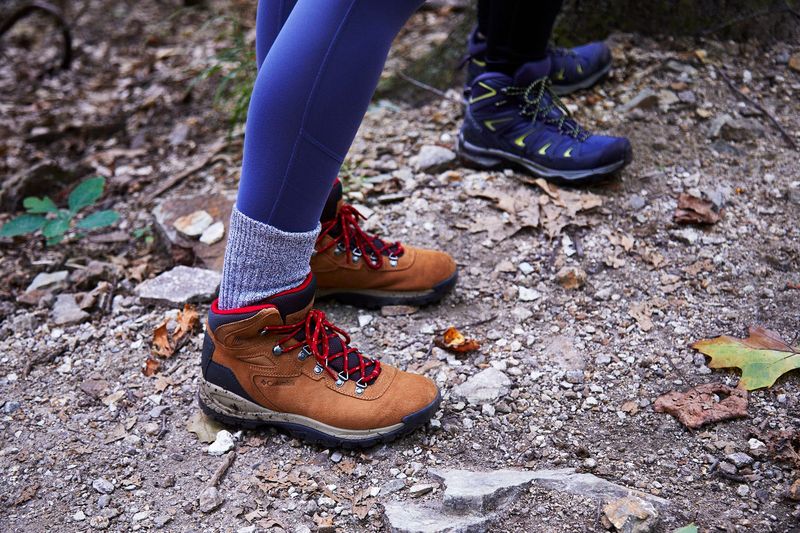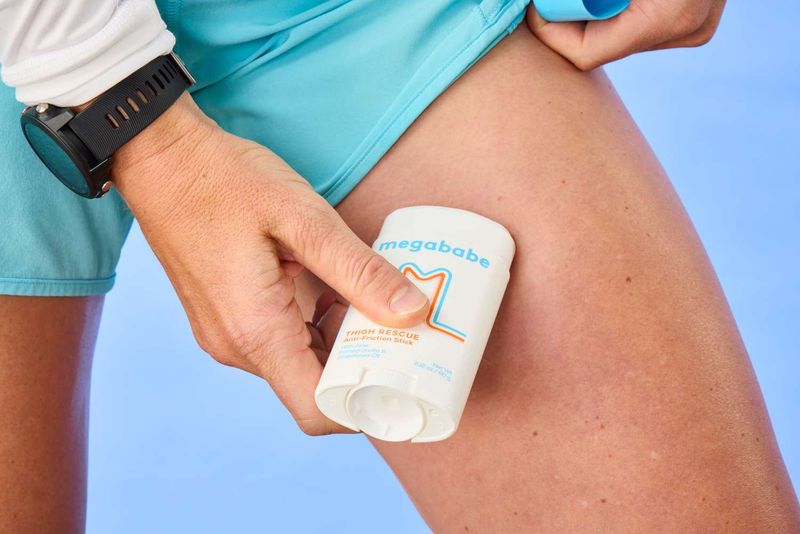Hiking is a fulfilling and invigorating activity, offering explorers a chance to connect with nature. For women hitting the trails, preparation is key to ensuring safety and enjoyment. This guide outlines 15 essentials that every woman should carry on the trail, each tailored to protect, aid, and empower her journey in the great outdoors.
1. Navigation & Backup Communication
Ever been lost without a clue? That’s why a topo map and compass are crucial, along with skills to use them. Add modern tech like an offline GPS app or a satellite messenger to round out your navigation kit. These tools help in situations where phones fail due to battery or signal issues. The National Park Service emphasizes these tools as part of the Ten Essentials, ensuring you stay on course. In a pinch, these devices can bridge the gap between safety and uncertainty.
2. Hydration System + Water Treatment
Hydration isn’t just about quenching thirst; it’s about survival. Always carry enough water for the journey and weather conditions. Equip yourself with a water filter and disinfectant tablets, just in case refills are needed. According to the CDC, boiling is most reliable, but in its absence, filtering followed by chemical treatment is key. This ensures safe drinking water, a non-negotiable for any outdoor adventure. Don’t let dehydration dampen your experience; stay prepared and stay hydrated.
3. High-Energy Food
Feeling famished on the trail? Pack extra high-energy snacks like nuts and energy bars. These calorie-dense foods provide the fuel needed for unexpected delays or extended hikes. The National Park Service includes extra food in the Ten Essentials, underscoring its importance. Whether it’s a sudden change in plans or a longer-than-anticipated trek, having more than you think you need can be a lifesaver. Keep your energy levels high and your spirits even higher with the right snacks.
4. Sun Protection for Skin, Lips & Eyes
Sunburn doesn’t just ruin your day; it can endanger your health. Equip yourself with broad-spectrum SPF 30+ sunscreen, reapplying every couple of hours. Don’t overlook SPF lip balm, a brimmed hat, and UV-blocking sunglasses. Sun-protective clothing also aids in shielding from harmful rays. The American Academy of Dermatology emphasizes these measures for skin safety. Whether hiking in open areas or shaded trails, sun protection is a must to keep your adventure safe and enjoyable.
5. Insulation Layer
Chilly winds and sudden drops in temperature can catch even seasoned hikers off guard. A warm layer, like a synthetic or wool jacket, becomes indispensable. Include a wind or rain shell, and gloves or a hat in cooler seasons. The National Park Service lists insulation as one of the Ten Essentials, highlighting its significance against unexpected weather changes. By staying warm and dry, you ensure comfort and safety on any trail.
6. Illumination
Darkness can descend faster than anticipated, making a reliable headlamp a non-negotiable for any hike. This hands-free light source keeps trails visible and safe after sundown. Spare batteries add an extra layer of security, ensuring your path remains lit. Recognized by the National Park Service as a core essential, illumination aids in navigating the unexpected, from late finishes to emergencies. Shine a light on safety with this simple yet vital tool.
7. First-Aid Kit (Personalized)
Injuries can be as unpredictable as the weather. A meticulous first-aid kit tailored to your needs can be a lifesaver. Include blister care, pain relief, and any personal prescriptions. The American Red Cross offers hiking-specific kit checklists, perfect for customizing your pack. Whether treating a blister or managing an allergic reaction, being prepared minimizes risks. This personalized arsenal ensures that you’re always ready for the trail’s unexpected twists and turns.
8. Fire Source + Fire Starter
Fire isn’t just warmth; it’s survival. Carry a lighter or waterproof matches alongside a compact fire starter. These elements are part of the Ten Essentials for emergencies. Whether stranded or facing unexpected cold, they can be lifesaving. Follow local fire restrictions and ensure safety first. This basic skillset, endorsed by the National Park Service, bridges the gap between comfort and a potential crisis. Ignite your sense of security with a reliable fire source.
9. Repair Kit & Multi-Tool
When gear fails, a repair kit saves the day. A small multi-tool, repair tape, and safety pins can rectify issues with trekking poles or torn gear. Ranked among the Ten Essentials, these tools act as a quick fix for unexpected mishaps. From a broken zipper to loose gear, having these handy can mean the difference between a ruined hike and a seamless adventure. Equip your pack with the power of preparedness.
10. Emergency Shelter
Caught in a storm? An ultralight space blanket or bivvy could save your life. Lightweight and compact, they offer protection against harsh elements. The National Park Service explicitly recommends these as part of the Ten Essentials for day hikers. Whether waiting out bad weather or an unexpected delay, this shelter provides a critical barrier against the elements, ensuring safety and comfort. Always pack this lifeline for peace of mind.
11. Period & Pee Kit (Leave No Trace-friendly)
Nature calls, but so does sustainability. Pack a period and pee kit with eco-friendly supplies like reusable cups, pads, and tampons. Include zip bags or pet-waste bags for packing out used items, hand sanitizer, and a trowel or WAG bag if needed. REI and Leave No Trace offer guidance, emphasizing the importance of maintaining natural beauty. Store all “smellables” properly in bear country. This kit ensures convenience and environmental care go hand in hand.
12. Blister Kit & Foot Care
Feet are your best friends on the trail; treat them with care. A blister kit with moleskin or tape, like Leukotape, prevents hot spots from becoming painful blisters. Changing into dry socks when necessary also helps. REI’s blister guidance emphasizes early intervention and proper management for formed blisters. Keep your feet happy and the journey smooth by preparing for foot care. A well-stocked kit can keep you on your toes.
13. Insect & Tick Protection
Bugs can be more than just a nuisance; they can ruin an adventure. Use EPA-registered skin repellents like DEET or picaridin, and treat clothes with permethrin. The CDC notes that permethrin-treated clothing remains effective through multiple washes. Regular tick checks post-hike ensure added safety. This proactive approach keeps insect bites at bay, allowing for a focus on the trail ahead. Equip yourself with the arsenal to keep nature’s pesky critters at a distance.
14. Personal Safety & Signaling
Safety isn’t just about adventure; it’s essential. A loud, pealess whistle and a small signal mirror can draw attention in emergencies. The National Park Service advises carrying bear spray in bear country, where regulations allow. Knowing how to use these tools can be life-saving. They form a crucial part of personal safety on the trail, bridging the gap between solitude and help. Carry these simple tools to ensure peace of mind.
15. Hygiene & Anti-Chafe
Hygiene should never take a backseat. Hand sanitizer and unscented wipes prevent gastrointestinal issues, while anti-chafe balms or petroleum jelly combat friction in sensitive areas. Changing out of wet clothes promptly is key. The Cleveland Clinic supports using these balms to keep discomfort at bay. This emphasis on cleanliness and comfort ensures your hiking experience remains enjoyable and trouble-free. Equip yourself with the essentials for a smooth journey.
